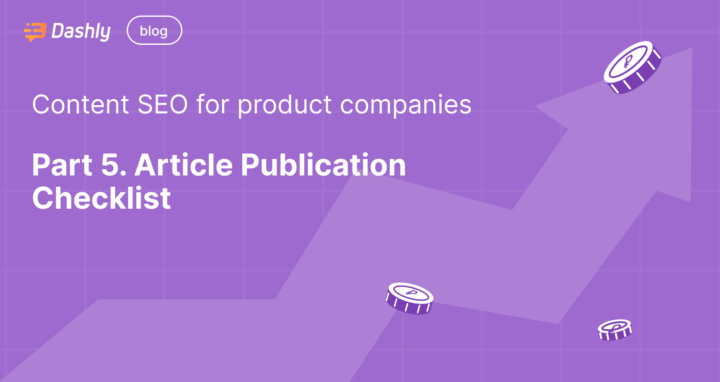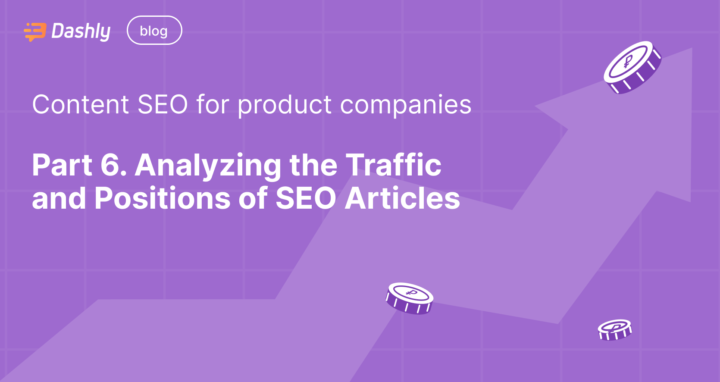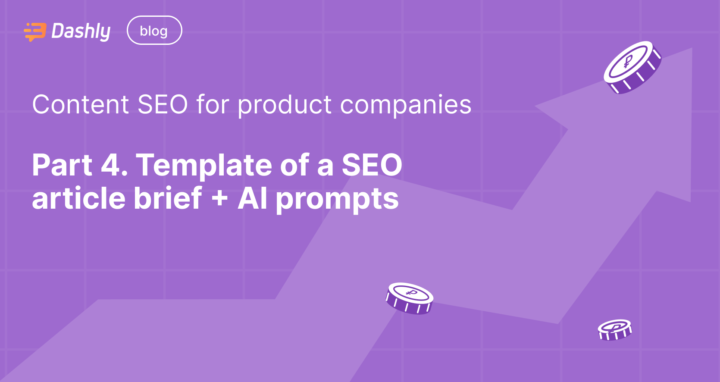Content SEO for product companies: Part 6. Analyzing the Traffic and Positions of SEO Articles
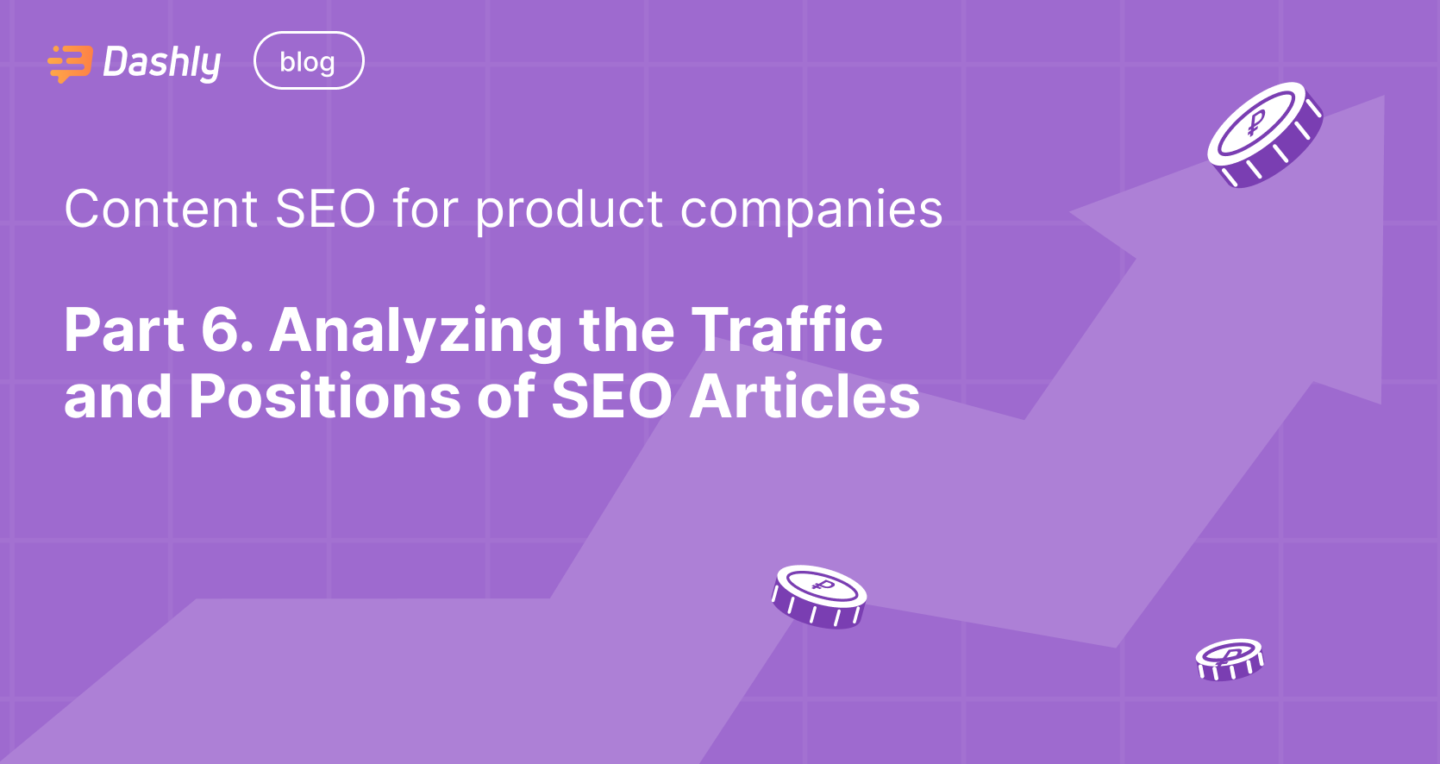
This part of guide will help you evaluate how well the written articles are performing in terms of traffic and rankings, and determine whether they need to be updated.
This is the 6th step in working with content hubs. By this point, you should already have gathered the keywords, forecasted their traffic performance, and published articles.
1. Copy 🔗 this table 🔗
2. In the first row, enter the dates in the day/month format. Start with the publication date of the first hub article.

To the right of each article title, mark exactly one month after publication with a color (yellow, blue, etc.). In each of these blocks, enter the total planned traffic for the entire article (all keywords) for the 1st, 2nd, 3rd, and 4th months. At the end of each month, enter the actual traffic.
3. Write the title of the first article, and below it, insert its keywords.
4. Every Friday or Monday, record the total traffic of the article and the positions for each keyword. You can create specific reports in Google Analytics for article traffic, and use Topvisor for keyword positions.
Regularly enter this data into the table under the corresponding date.
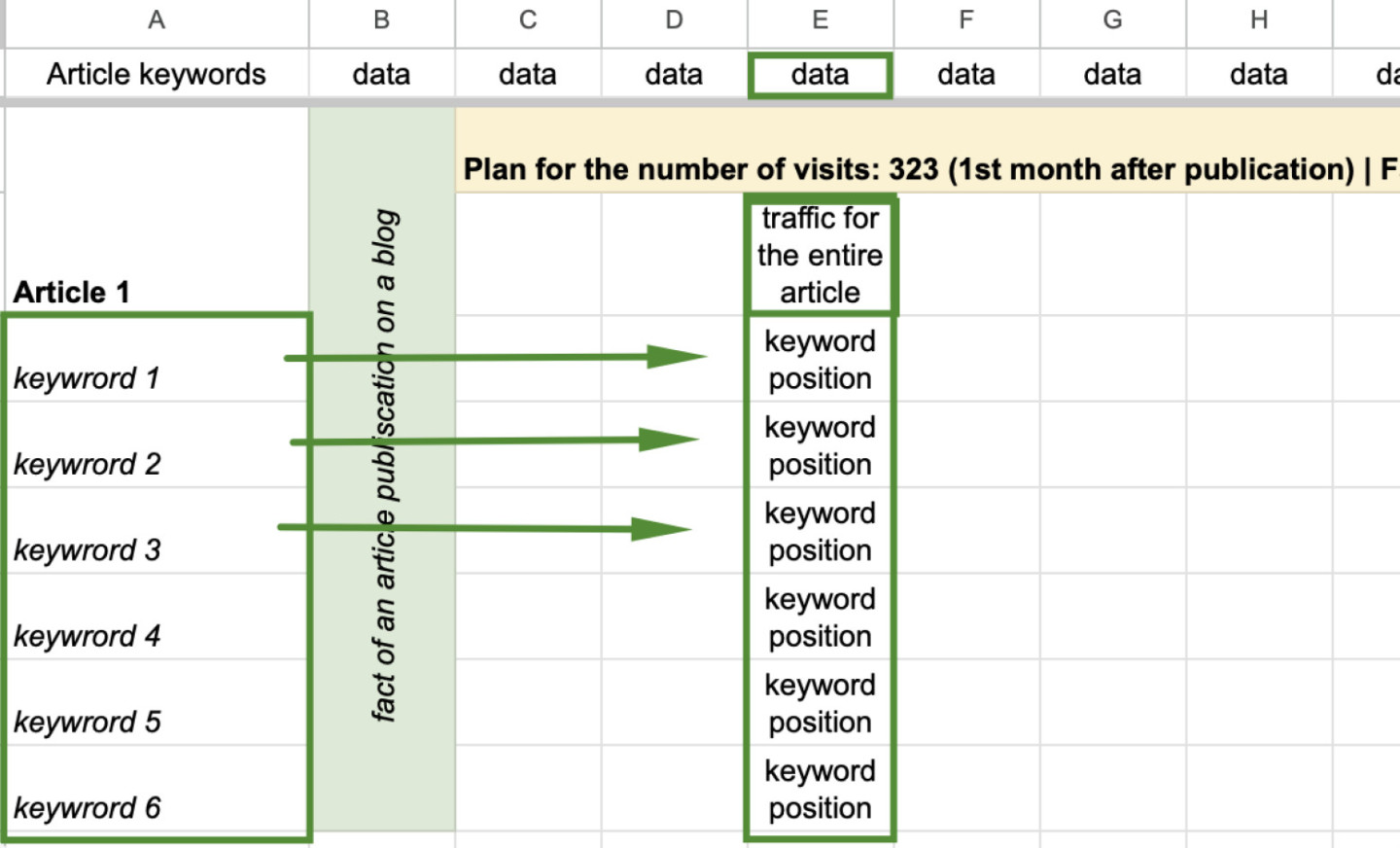
Link to this spreadseet.
This is necessary to track the growth of traffic and keyword positions so that they can be improved if needed.
For better visualization, it is best to mark the growth in positions with green and the decline with red.
5. Repeat the same process with the remaining hub articles.
When to update an article
If after the 1 — 2 month you see that you article traffic fact doesn’t meet the plan — update it.
There can be following reasons for a poor article performance:
- wrong keywords placement
- wrong number of keywords
- too high AI part of the content, not enough expertize
- wrong number of subheading, lists, table.
- your content doesn’t relevant to the keyword
- wrong competitors choice (they have too much backlinks, Domain Athority Rate)
Goal: your article should be better than competitors.
There are two options here: condact competitors content analysis by yourself or delegate it to a tool like PageOptimizer Pro. Launch new report but this time add your article URL. The service will show you things to fix: keywords to add, subheadings number, headlines copy, etc.

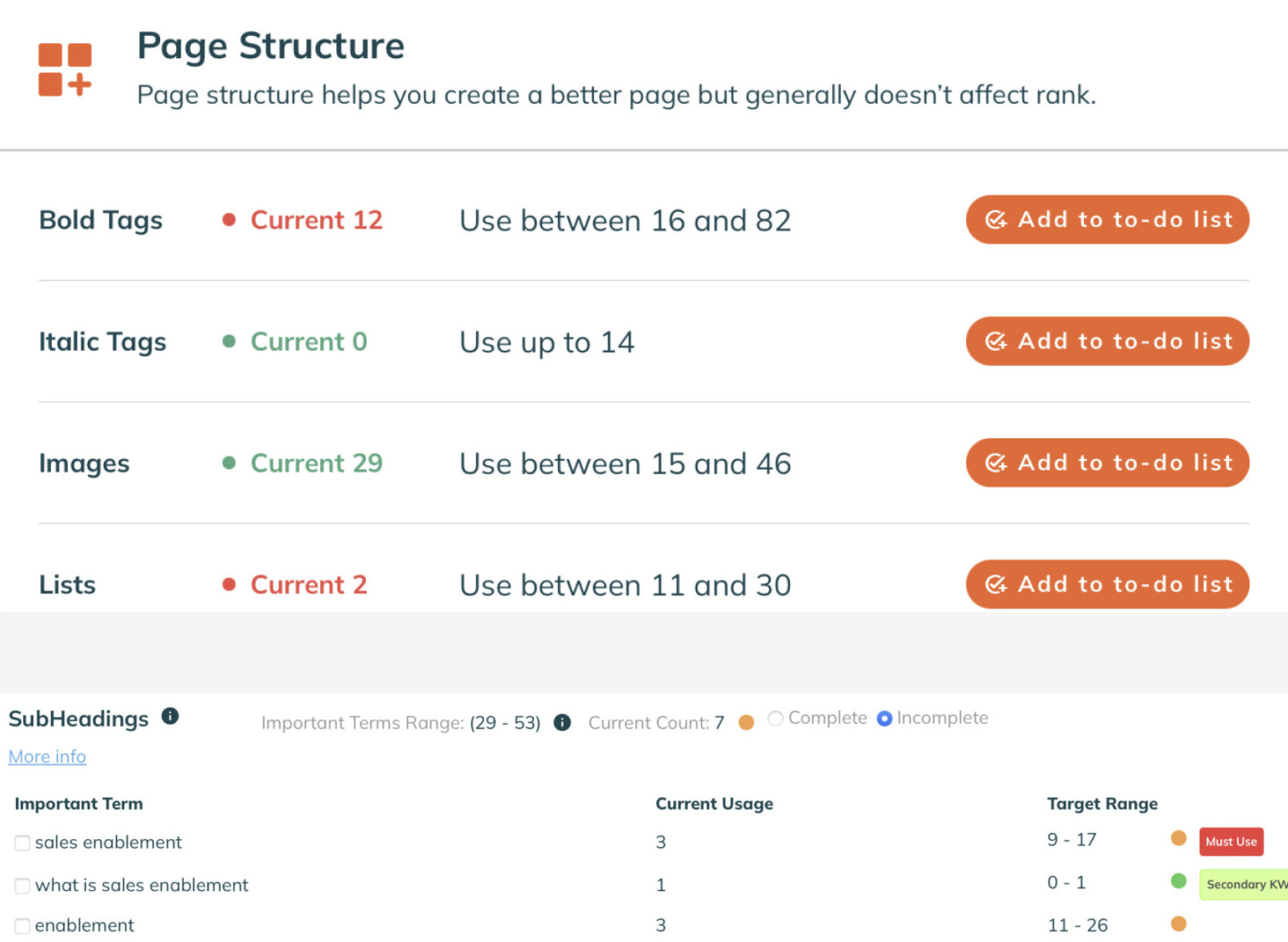
Update an article according to these recommendations and after 2-3 weeks, check the results. If needed, work on backlinks from third-party websites.
Good luck, and thanks for your time! Hope this
guide will help you achieve the desired positions 🚀
If you like this content, we’d be glad to get your feedback on LinkedIn.
Best wishes, Dashly team



